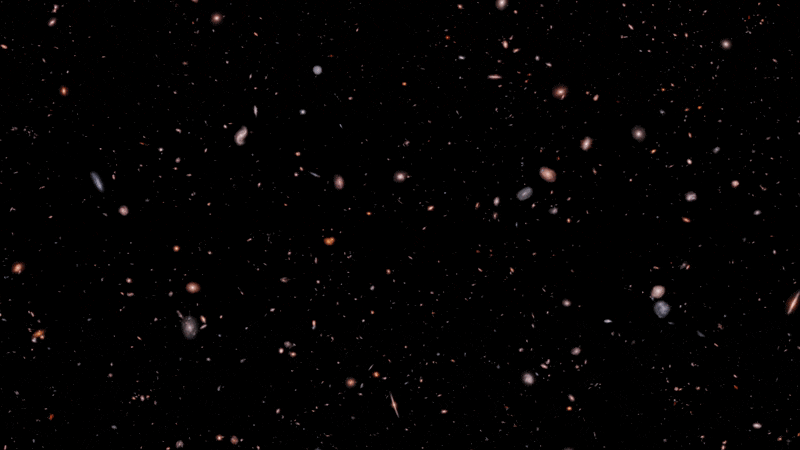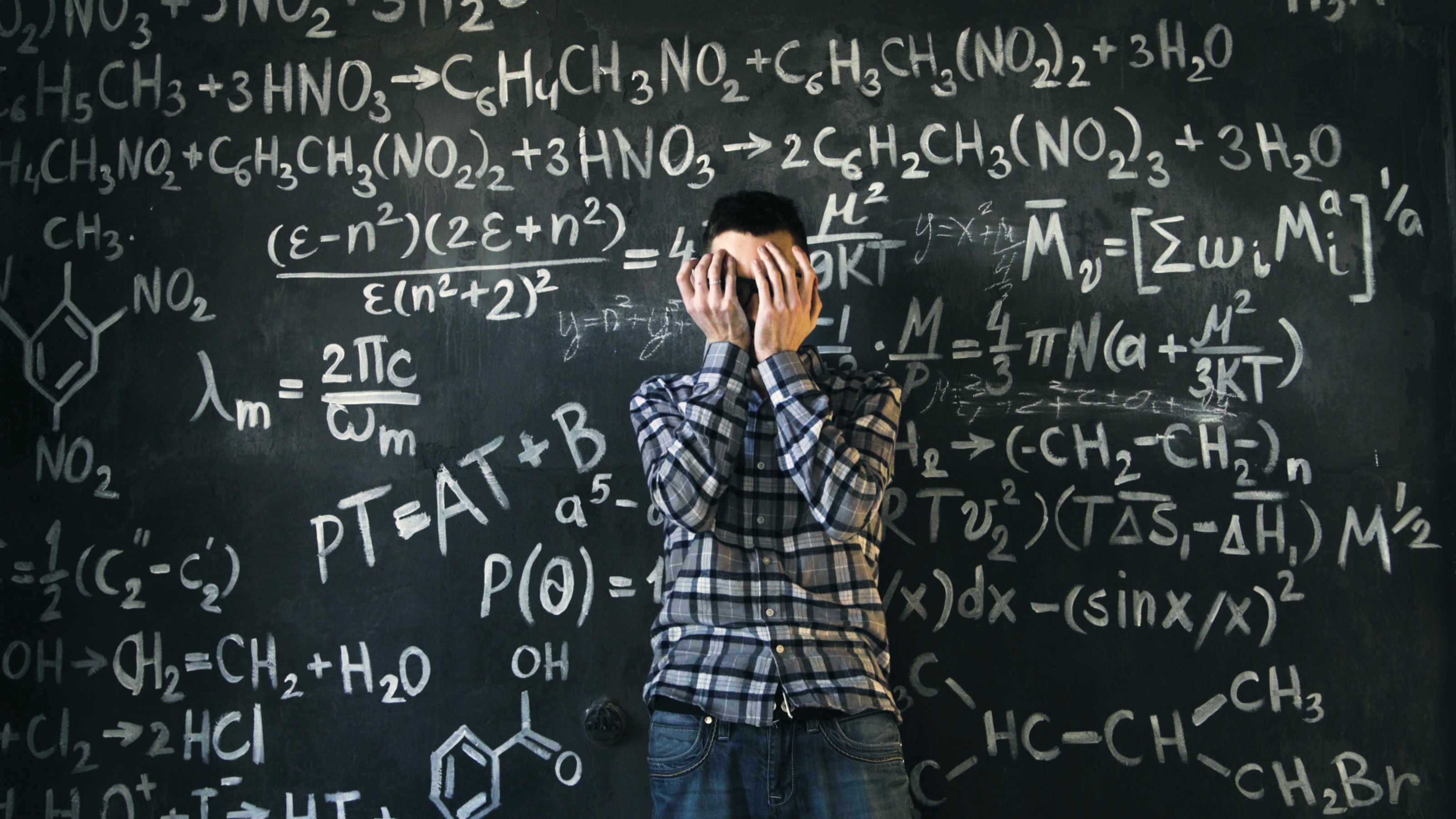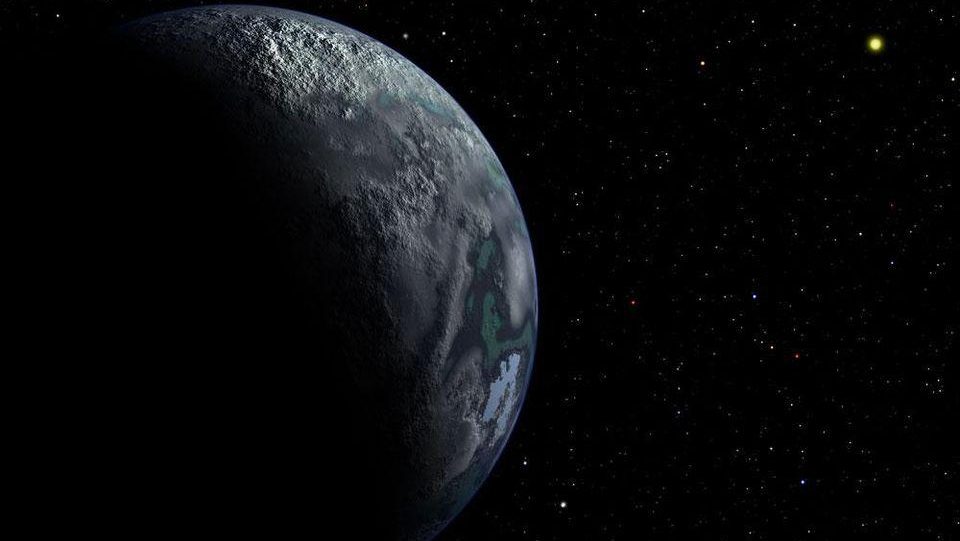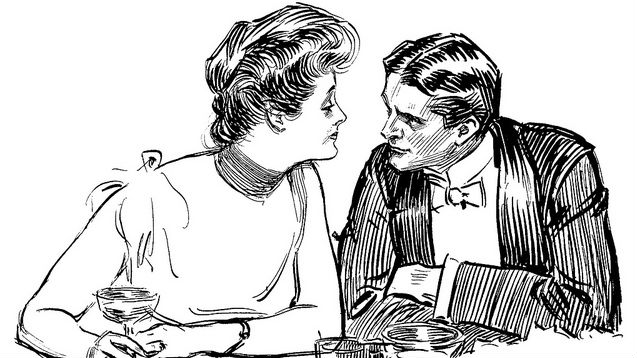Creating Better Villains: Part 2
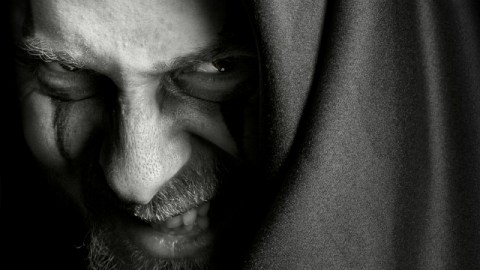
In this two-part piece, we will examine the portrayal of villains in creative mediums, like novels and comics, and why they are severely lacking; in this part I also argue why it’s necessary to create better villains. Click here for Part 1.
—
Villains are Not Evil…
One of the easiest things to forget is that our opponents, even within the most destructive and vicious of our battles, most often do not consider themselves evil. However misguided, however obviously or horribly wrong, we must acknowledge our enemies or opponents are not some manifestation of supernatural evil, some personification of absolute darkness.
Unless, of course they are: but it’s precisely the Saurons, the “Dark Ones”, and so on, which I’m saying we must do away with.
In reality, this is not how enemies operate.
This isn’t an optimistic view of human nature – since this doesn’t undermine the view that there do exist extremely horrible, extremely bad people. Even here, probably they don’t consider themselves evil. Think of Osama Bin Laden: America was the evil, not his land or people. Paul Hill thought he was “saving babies” by killing abortionist John Britton. And so on.
As I noted with Lex, we have a central character that doesn’t think he’s evil: quite the opposite. What makes stories interesting is no longer good guy defeating bad guy: that’s childish and an ignorant view of how the world works. It enforces the idea that we are on right side, it reduces the complexity of issues and conflict to a us-versus-them, good-versus-evil, that’s too simple, too irrational to be accepted by adults. We are fallible, ignorant, starved of full understanding and pretending our bloated bellies are indicative of ample knowledge rather than hot air. We must recognise other sides, even if it’s just to say how their reasoning is wrong, and to allow for the possibility that we might be wrong.
For example, in the X-Men universe (and its three billion variations) Magneto embodies the shifting moral landscape that we all walk, but mostly deny exists. There are too many iterations but primarily we can locate Magneto’s conflict with Professor X as concerning the mutants’ relationship with humans: the humans in the X-Men universe turn into raging lynch mobs, wanting to keep governmental leashes and a thousand eyes on the mutants; out of fear, out of distrust, out of ignorance.
This obviously parallels many real-life forms of segregation, like apartheid, which dominated South Africa for many years. The point is: How does one respond? Like South Africa, groups responded in different ways, some more extreme than others. Nelson Mandela, that embodiment of peace and cool wisdom, was designated a terrorist for his support of armed struggle – as a last resort – to fight back against the horrors of the apartheid government. In the X-Men universe, Magneto does not want to be a slave, has experienced first-hand and witnessed loved ones die at the hand of wrathful, ignorant humans. Magneto, being more powerful, doesn’t see why he and his fellow mutants can’t protect themselves and dominate the very species that wishes to dominate them. Professor Xavier, much to his discredit, believes there is hope for reconciliation and fellowship.
Both, however, are responding to a situation that is complex, difficult, and meaningful. Magneto is trying to defend himself, those like him, against an entire species that mostly wishes to enslave him. This is not some “dark force”, like Sauron or other boring iterations, which simply want to do bad things for badness’ sake: it’s grounded in a very understandable feeling of being trapped, of being branded as “different”, and trying simply to live in the world.
Why It’s Moral (and More Creative) to Treat Villains as More Rounded
We’ve been taught for too long to ignore villains and opponents’ motivations; it’s evident from the quick way we respond to those who disagree with us on Internet forums, comment sections, and in “real life” – the way we treat those of different political parties, cultural backgrounds. We must encourage rounded, fuller portrayals of people; we can do that through the way we treat villains in stories.
Considering the impact stories have, the way they both shape and birth motivations and ideas, writers have a moral duty to encourage more ethical values from their so-called good guys; they should be helping foster a culture that recognises humans and the world as being more complex than good-versus-evil, black-and-white. This concept is as dead as the myths that spawned them. We ignore complexity at our peril: if we have not got a grasp on the situation, we cannot solve it; if we believe we’re always right, we leave no gap for being wrong; and even if our opponents are wrong, we can show that and, indeed, strengthen our views (which is why censorship is an evil).
So to create better heroes, me must create better villains. In the end, what should keep us coming back, what should shock us into reflection like a breaking mirror tossed in our face, should be that borders between “good” and “evil” are more lines drawn on a windy beach, than carved out a mountain.
Finally, stories become deeper, characters are forced to reflect reality and help teach us as readers how to respond when facing opponents: to not treat them as automatically bad, as automatically horrible for proposing, for example, outrageous ideas.
The cackling villain in his dark fortress should be shut up and discarded. We are better than this, which means our villains can be too. This also need not mean they’re no longer evil or bad, but their evil and their badness becomes somewhat worse because we understand why they do it. Yes, evil we can’t understand is also horrible – senseless murder, pack rapes, etc. – but we have enough of those in reality. Narratives provide us an opportunity to step into the shoes of an enemy even when the story is written as opposing him. This can be the most important lessen a villain can teach us.
Image Credit: dundanim/Shutterstock

